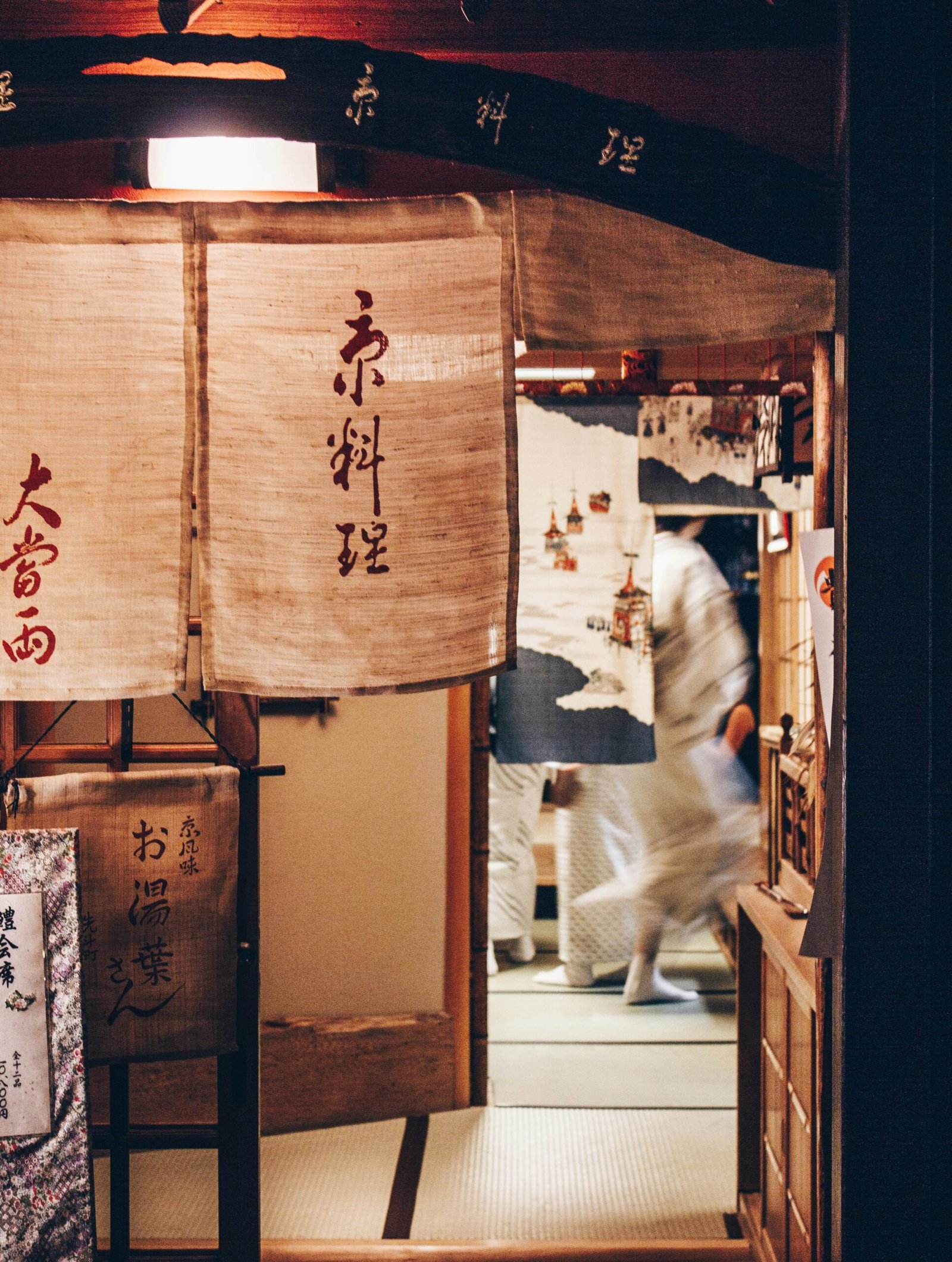Introduction
Traditional Japanese culture has long been known for its unique customs and social norms. One area where these customs are particularly evident is in the attitudes towards sexuality and intimacy. In this blog post, we will delve into the topic of sexual taboos in traditional Japanese culture, exploring the societal attitudes towards public displays of affection and nudity.
Societal Attitudes towards Public Displays of Affection
In Japan, public displays of affection, commonly referred to as PDA, are generally considered taboo. Unlike in some Western cultures where couples freely express their affection in public, Japanese society tends to value modesty and reserve when it comes to intimate displays.
This cultural norm can be traced back to the concept of tatemae, which refers to the public face or behavior that individuals present to society. In Japanese society, individuals are expected to maintain a certain level of decorum and respect for others, which includes refraining from overt displays of affection in public.
While holding hands or a quick peck on the cheek may be tolerated, more intimate displays such as kissing or hugging are often seen as inappropriate or even offensive. This is especially true in more conservative areas or among older generations.
Taboos Surrounding Nudity
Nudity is another area where traditional Japanese culture has distinct taboos. Unlike in some Western cultures where nudity is often associated with freedom and liberation, nudity in Japan is generally viewed as something private and intimate.
Japanese people have a strong sense of personal privacy and modesty, which extends to their attitudes towards nudity. Bathing is an important cultural practice in Japan, and public bathing facilities known as onsen or sento are popular. However, these communal bathing spaces are strictly gender-segregated, and individuals are expected to be discreet and respectful of others’ privacy.
Furthermore, the depiction of nudity in art forms such as traditional Japanese paintings or sculptures is often done in a subtle and suggestive manner, rather than being explicit. This reflects the cultural emphasis on aesthetics and the appreciation of beauty.
Changing Attitudes in Modern Japan
While traditional attitudes towards sexuality and intimacy still hold sway in many aspects of Japanese culture, it is important to note that societal attitudes are not static and have been evolving over time.
In recent years, there has been a gradual shift towards more liberal attitudes, particularly among younger generations. This can be attributed to various factors, including increased exposure to Western media and influences, as well as changing societal norms.
However, despite these changing attitudes, it is essential to approach the topic of sexuality and intimacy in Japan with sensitivity and respect for the cultural context. Understanding and appreciating the traditional values and taboos surrounding these topics can help promote cross-cultural understanding and avoid misunderstandings.
Conclusion
Exploring the sexual taboos in traditional Japanese culture provides valuable insights into the societal attitudes towards sexuality and intimacy. The emphasis on modesty, reserve, and privacy in public displays of affection and nudity reflects the cultural values and expectations in Japan.
While societal attitudes may be evolving, it is crucial to approach these topics with respect and sensitivity. By understanding and appreciating the traditional values and taboos, we can foster a greater understanding of Japanese culture and promote cross-cultural dialogue.

